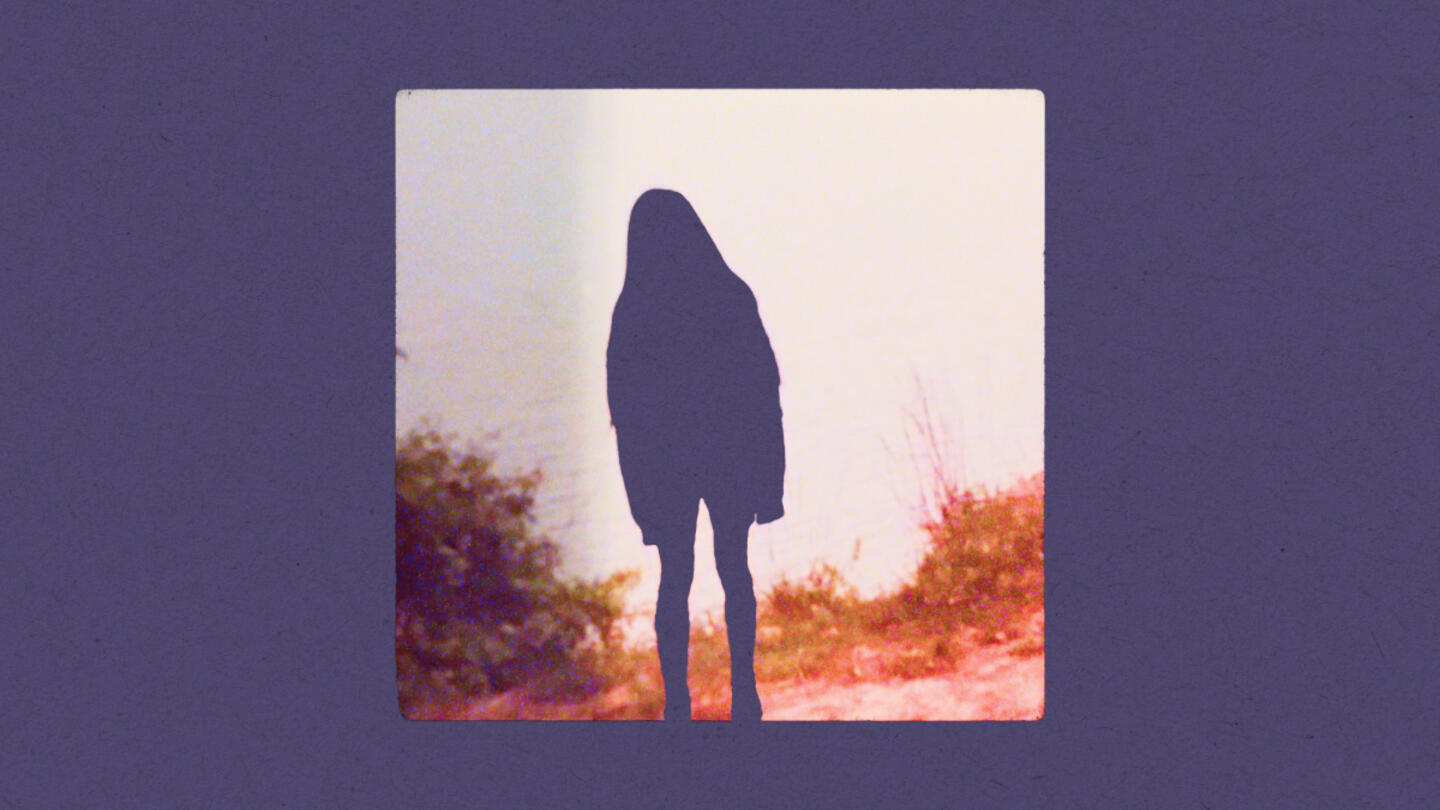“I didn’t share my story with anyone,” said Maria Leonard Olsen. “I was in a lot of pain.”
After suffering from abuse as a child, Olsen felt silenced by her trauma. She felt the same societal taboos that keep many survivors silent for years. But this only feeds the long-term destruction that sexual abuse trauma can have, especially when it keeps survivors isolated.
Saprea is an organization helping survivors fight against this by bringing them out of the shadows and showing them that they’re not alone.
“One in 5 children are sexually abused by the age of 18, but society says, ‘This isn’t a safe topic to talk about,’” said Chris Yadon, managing director of Saprea. “At some point, we have to stop looking away and believe the research.”
Such research illuminates crucial facts that help us understand the scope of childhood sexual abuse, such as the fact that it knows no prejudice. “It doesn’t matter what socioeconomic class you come from,” Yadon said. “It doesn’t matter race or ethnicity. It’s happening in every community in our country.”
As uncomfortable as these realities can be, they’re also the first step to understanding how to create lasting, evidence-informed solutions.
“Abuse can actually change the structure of the brain,” said Dr. Betsy Kanarowski, chief clinical officer at Saprea. “It forms neural pathways that can become ingrained later on as you get into adulthood. The options for survivors of childhood sexual abuse are limited.”
The weight of those years of trauma responses, ingrained into survivors’ brain structures, can leave them feeling isolated and helpless. This can lead to cascading negative effects throughout adult life, which often come in the form of how survivors are treated: by focusing on symptoms and not causes.
Saprea’s unique model of healing combats this by focusing on the root of trauma. To do this, the organization brings survivors together and forms a community — shifting the culture from one of shame to one of openness and destigmatization. Saprea is teaching all of us how to talk more openly about childhood sexual abuse and how to prevent it in our communities. The more conversations that open up, the closer we can get to stopping the cycle of abuse around us — for good.
“Trauma happens in isolation,” Kanarowski said. “Healing happens in a compassionate community.”
The invisible battle survivors wage
Even during an otherwise idyllic childhood among rural fruit orchards, Yadon was surrounded by family members who suffered from childhood sexual abuse.
“My childhood experiences as a sibling and an observer of abuse really solidified for me that the key to changing it is to help people stop looking away,” he said.
That means recognizing upsetting truths like the fact that 1 in 5 children is sexually abused before the age of 18.
Another sobering fact? Childhood sexual abuse is often inflicted not by menacing strangers lurking in the shadows but by familiar friends and relatives.
In Olsen’s case, it was her stepfather who abused her from the ages of 7 to 9. “I have memories of that man that are very graphic,” she recalled. “My mom, she was living in denial. I felt like there was no one who could protect me, and I hid it.”
Burying painful trauma isn’t a sustainable solution. “It worked for many years until it didn’t,” Olsen said. “And I broke.”
One of the reasons the impacts of childhood sexual abuse are pervasive well into adulthood is because “the part of our brain that deals with trauma can’t tell time,” Kanarowski said. “What happens is trauma triggers come into peoples’ lives, and instead of the brain saying, ‘Oh yeah, this is a memory from the past,’ instead, a person is emotionally and physically experiencing this trauma like it’s happening right now.”
What does that look like in reality? Trauma can manifest as anxiety, depression, dissociation, substance use, eating disorders, and suicide. This isn’t just one or two years after the abuse: Adult survivors can find themselves grappling with the fallout of events from decades before. It’s often those downstream effects, and not the abuse itself, that can be crippling.
Compounding these struggles is the fact that survivors often suffer in silence. We may not realize who among our friends, coworkers, or family members is struggling — and it can even be those we least expect.
“I’m a civil litigation attorney, and from the outside, my life looked picture perfect,” Olsen said. “I belonged to a country club, a yacht club. But from the inside, I started to seek refuge in the bottle.” Behind this facade of success and comfort, Olsen hid bottles of alcohol around her home and in the car, even driving a carpool while intoxicated.
After years of substance use, she hit a breaking point. “I didn’t want to live like that anymore,” she recalled. “I said, ‘I need more help.’”
Luckily, Saprea was waiting. The organization understands that if survivors fight in isolation, community is the most transformational medicine possible.
“They’re told it’s not okay to talk about this issue,” Yadon said. “They’re left to deal with it alone. That’s why community is a critical part of the healing process.”
Sign up for the Strong & Safe Communities newsletter for stories, ideas, and advice from changemakers working with their neighbors to address the biggest problems we face.
From brokenness comes beauty and healing
At Saprea’s in-person retreat in Utah, the organization is rebuilding brains — literally.
The retreat program welcomes adult women who were sexually abused as children, free of charge. Over four days, they take part in community learning experiences that instill a foundation for how to heal openly and healthily.
“Trauma is held in our body, so there are things like trauma-informed yoga, art, music,” said Kanarowski. “Brains are amazing. We have neuroplasticity, and so as you work on making new neural pathways and responses to trauma, you can work on the space between a trigger and response, and you have some time to respond and change how those trauma triggers are affecting you.”
More simply, to illustrate what that looks like: Survivors are encouraged to smash bowls and glue them back together however they want. The resulting pieces are intersected with cracks glittering from shining gold paint, each one utterly unique and striking. Like the women themselves, it is this process of shattering and coming back together that gives these pieces of art their resilience and distinctiveness.
“There’s beauty in the repair,” said Yadon.
During her retreat experience, Olsen was surprised to learn that there was a community of other women who had gone through the same struggles and could understand her without judgment.
“I didn’t know anything like this existed in the world,” she said. “I was scared, but every person at Saprea really understood us, really got us, and taught me a lot of aspects of self-care that may not be immediately apparent to someone like me.”
After four days, survivors are empowered to re-enter their daily lives stronger, more confident, and equipped with tools to pursue yearslong recovery — and for the first time, they’re not alone.
“Research continues to show us over and over again that trauma often happens in isolation, but healing happens in community,” Yadon. said. “They become more powerful and really get that solid base under them. They then can go home with a plan and become stewards of their own healing.”
Breaking the cycle of generational abuse, one woman at a time
Saprea’s work is just beginning once survivors leave the in-person retreat. They provide participants with year-round educational courses and, most importantly, a support system of women who understand.
“I have learned through my work that regret doesn’t serve me,” said Olsen. “Today, I am safe, empowered.”
Participants in Saprea’s programming experience a 37% decrease in post-traumatic stress symptoms and a 45% increase in life satisfaction.
That translates to the ability to pursue a full life on one’s own terms — whether that means returning to school, excelling in a career, being present with one’s children, or anything they envision.
“Because they use those communities and those friendships to help them move forward in their healing process, they are able to then contribute in significant ways to the world around them,” Yadon said.
Three years post-retreat, Olsen and her Saprea cohort still stay in touch weekly, encouraging each other along their healing journeys and listening to each other’s victories and struggles. “They are like sisters to me,” Olsen said.
With their support, Olsen was finally able, decades after her abuse, to tell her mother the identity of her abuser.
“I said ‘Mom, I forgive you. I forgive me. I’m okay.’”
For women who suffer from childhood sexual abuse, their children are 3.7 times more likely to be sexually abused themselves, since survivors often cycle through high-risk environments. The result is often generational abuse — but for each woman Saprea works with, that pattern can be halted forever.
“I am breaking the cycle of trauma in my family,” said Olsen. “I will be in these women’s lives for the rest of my life.”
Saprea’s work isn’t just helping women heal: The more people become educated and aware of the realities and symptoms of childhood sexual abuse, the more we will be able to identify and prevent it in our communities.
Yadon said it clearly. “When survivors feel like they’re not alone, that they’re not broken, that they’re not crazy, and that there’s hope and healing in community — that’s the linchpin to helping society become liberated from child sexual abuse and its lasting impacts.”
***
Saprea is supported by Stand Together Foundation, which partners with the nation’s most transformative nonprofits to break the cycle of poverty.
Learn more about Stand Together’s efforts to build strong and safe communities, and explore ways you can partner with us.
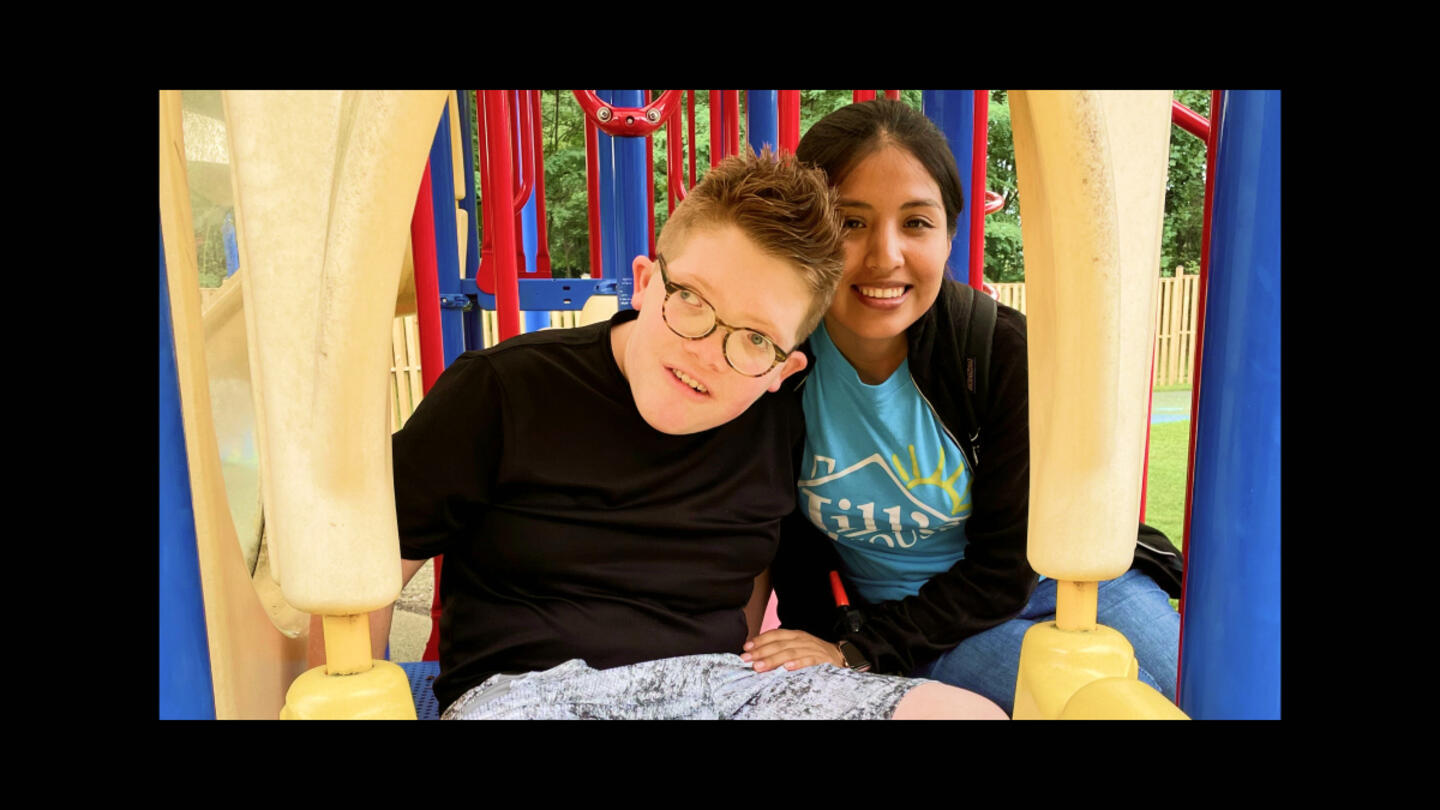
At this ‘resort,’ children with intellectual disabilities are seen as gifts to be celebrated and loved.
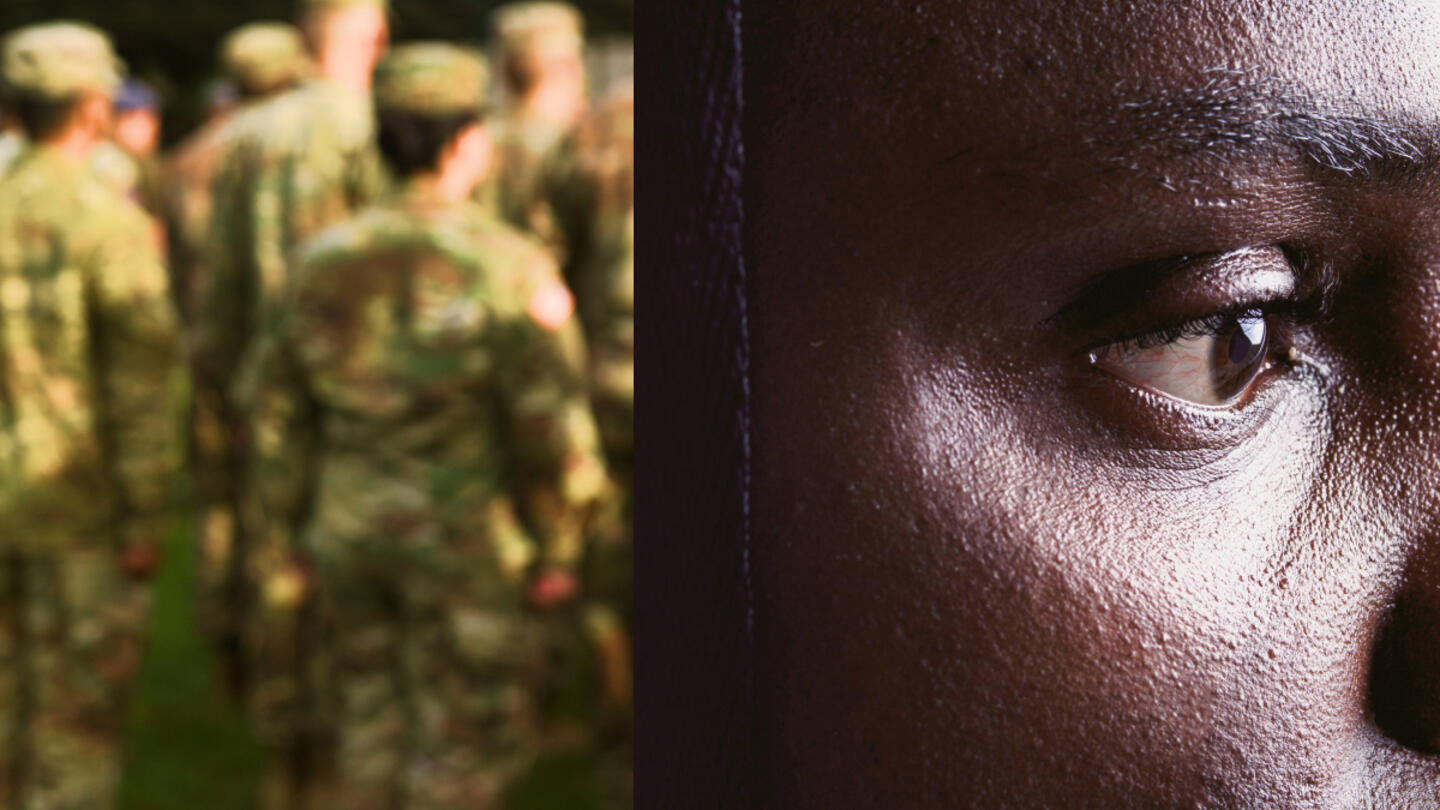
Veterans experience loss when leaving service. Could this be key to understanding their mental health?
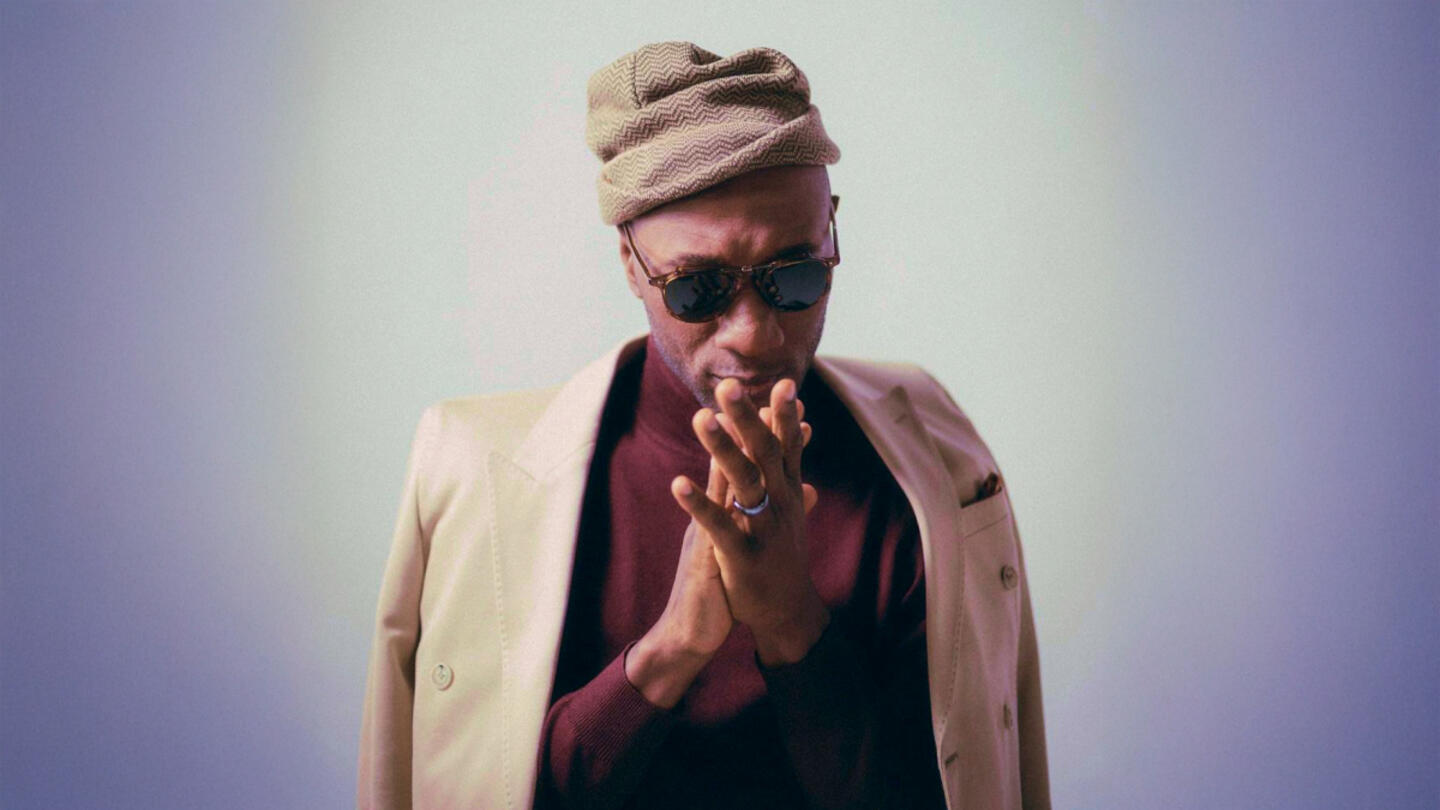
The Grammy-nominated artist is highlighting the stories we don’t get to hear every day.
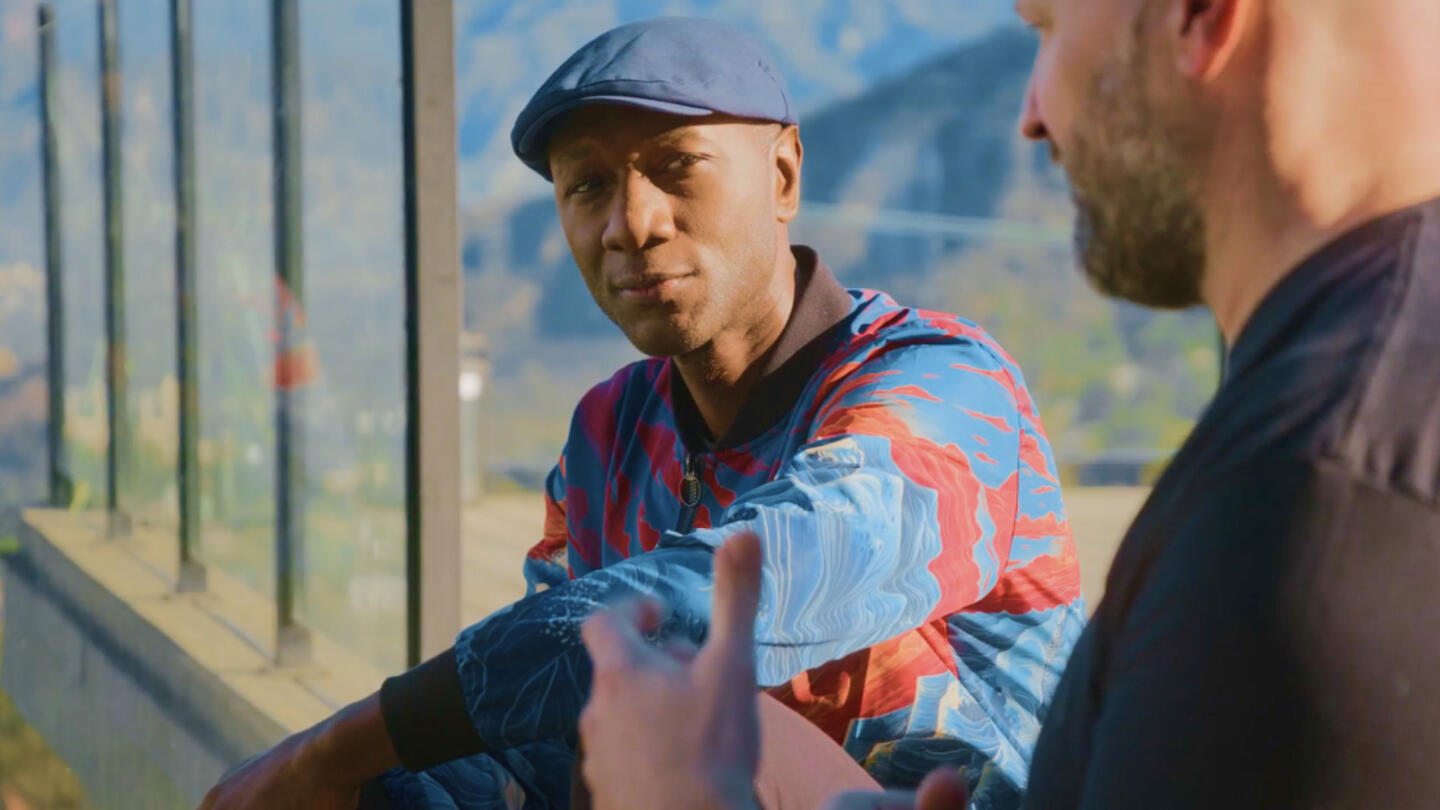
With his latest project, Blacc isn’t just amplifying stories — he’s stepping into them
